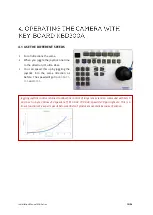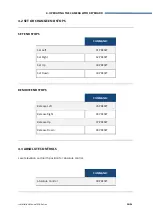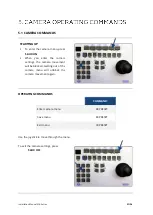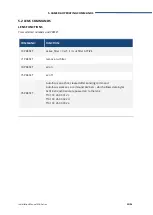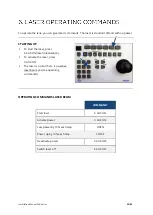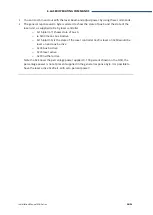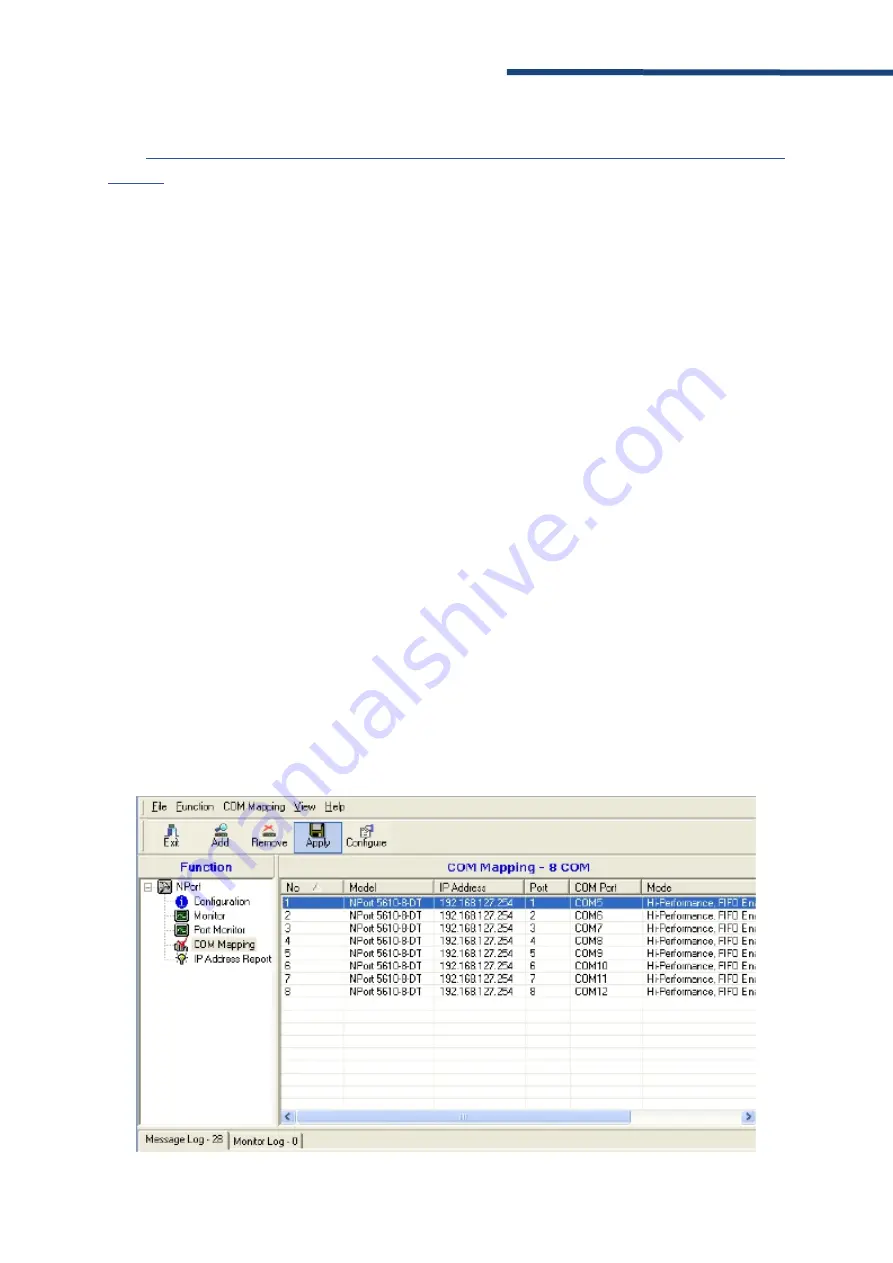
Installation Manual MK-Series
17/24
ADVANCED SETTINGS
(See
https://www.moxa.com/Moxa/media/PDIM/S100000213/moxa-nport-ia5000-series-manual-
for detailed information about NPort Administrator’s Advanced Settings.)
Tx Mode: In Hi-Performance mode, the driver immediately issues a “Tx Empty” response to
the program after sending data to the NPort. In Classical mode, the driver sends the “Tx
Empty” response after confirmation is received from the NPort. Classical mode is
recommended if you want to ensure that all data is sent out before further processing.
FIFO: Tells the driver whether or not to use FIFO transmission.
Network Timeout: Specifies when an open, close, or serial parameter change operation will
time out.
Fast Flush: When enabled, the driver flushes only the local buffer on the host for a Win32
PurgeComm() function call. When disabled, both the local and remote buffers are flushed. If
your application uses PurgeComm() and it performance seems sluggish, try enabling Fast
Flush.
Always Accept Open Requests: Even if the driver cannot establish a connection with the
NPort, the user's software will still be able to open the mapped COM port, the same as with
an onboard COM port.
Ignore TX Purge: The application can use Win32 API PurgeComm to clear the output buffer
and terminate outstanding overlapped write operations. Select Ignore TX Purge if you do not
want the output buffer to be purged.
APPLY CHANGE
Right-click COM Mapping in the Function panel. Select Apply Change in the pop-up menu to save
the current COM mapping settings. Your application will now be able to access the target serial
device using the COM port.
3. PASSTRHOUGH PORT MOXA

















